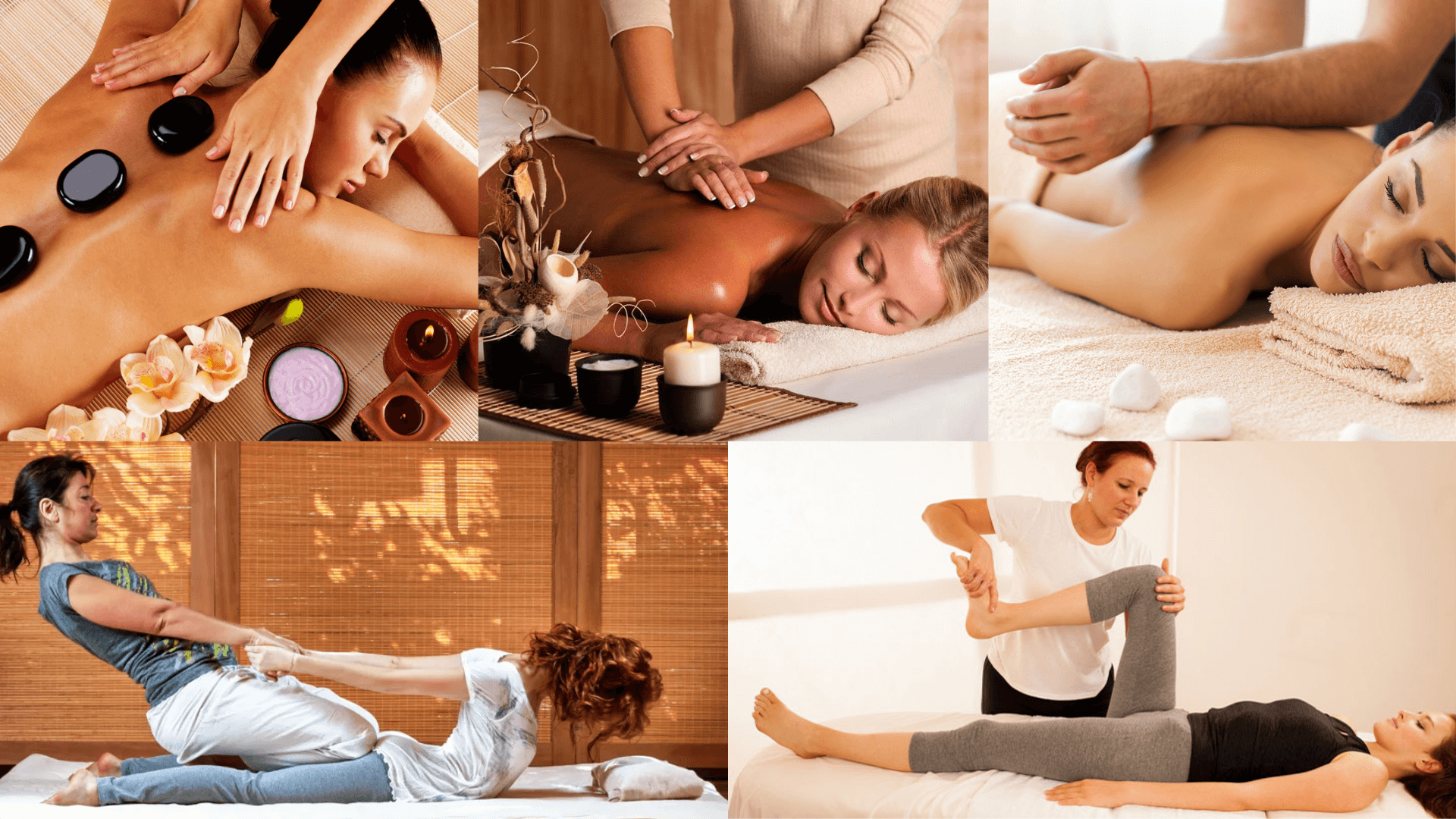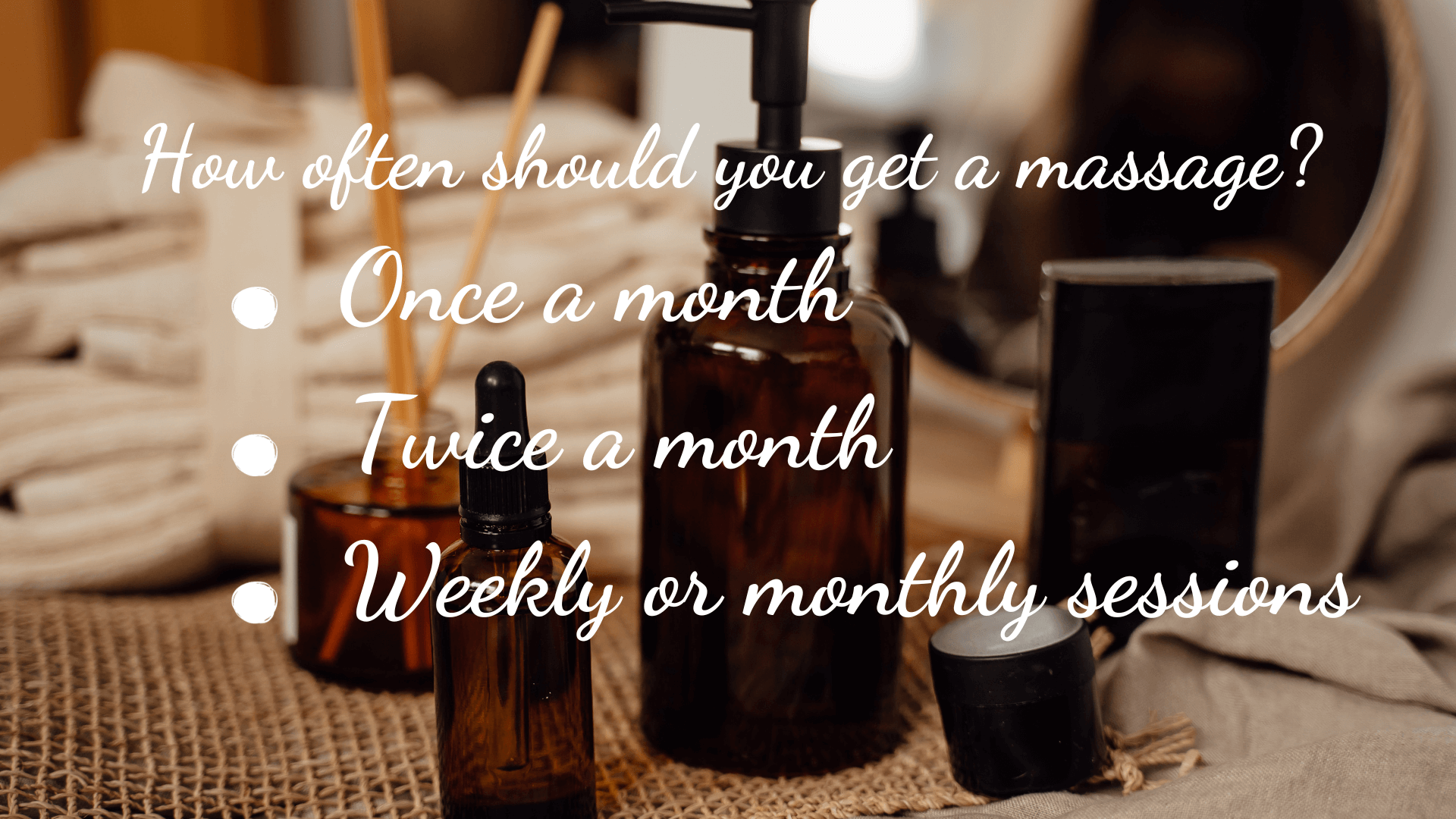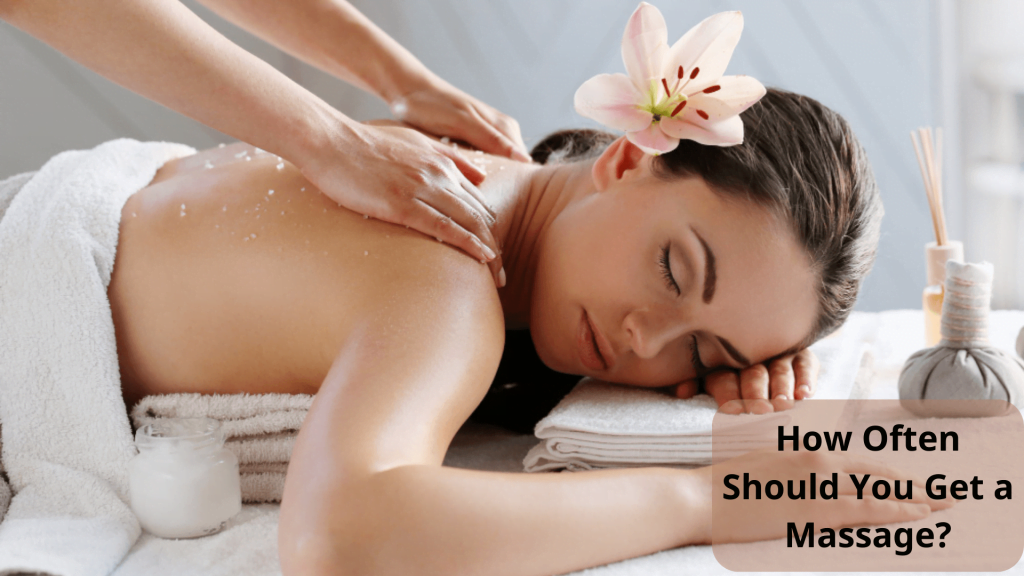Massage therapy has long been recognized as a valuable practice for promoting relaxation, reducing muscle tension, and relieving stress. But how often should one get a massage to truly reap its benefits? The answer is not set in stone and depends on various factors such as personal goals, lifestyle, and budget. In this article, we will explore different considerations to help you determine the ideal frequency of massage sessions for your needs.
Definition of massage
Massage is a therapeutic technique that involves the manipulation of muscles, soft tissues, and body structures with various manual techniques. It is commonly used to promote relaxation, relieve muscle tension, reduce stress, and improve overall well-being. The practice of massage dates back thousands of years and has been widely recognized for its physical, mental, and emotional benefits.
During a massage session, a trained massage therapist applies pressure, kneading, stroking, or tapping movements to the body using their hands, fingers, forearms, elbows, or specialized tools. These techniques help to increase blood flow, promote lymphatic drainage, release muscle stiffness, and stimulate the body’s natural healing responses.
Types of massage
There are various types of massage modalities, each with its own techniques and benefits. Here are some common types of massage therapy:
- Swedish Massage: This is the most common type of massage that involves long, flowing strokes, kneading, circular motions, and tapping. It aims to promote relaxation, improve circulation, and alleviate muscle tension.
- Deep Tissue Massage: This technique targets the deeper layers of muscles and connective tissues. It uses slower, more intense pressure to release chronic muscle tension, reduce muscle knots, and improve mobility.
- Sports Massage: Geared towards athletes and active individuals, sports massage focuses on preventing and treating injuries, enhancing athletic performance, and promoting muscle recovery. It combines various techniques to address specific sport-related issues.
- Hot Stone Massage: This method incorporates the use of heated basalt stones. The therapist may place the stones on specific areas of the body or use them as extensions of their hands. The warmth of the stones helps relax muscles, improve circulation, and promote a sense of deep relaxation.
- Thai Massage: Also called “Thai yoga massage,” this modality combines assisted stretches, acupressure, and deep compressions. Practitioners use their hands, feet, elbows, and knees to apply pressure, improve flexibility, and promote energy flow throughout the body.
- Shiatsu Massage: Originating from Japan, shiatsu massage involves applying pressure with fingers, palms, and thumbs to specific points on the body’s meridian lines. It can help relieve tension, reduce stress, and promote overall balance.
- Aromatherapy Massage: This type of massage incorporates the use of essential oils. The therapist may blend specific oils based on the client’s needs and preferences. Aromatherapy massage aims to enhance relaxation, alleviate stress, and promote emotional well-being.
- Prenatal Massage: Designed specifically for pregnant women, prenatal massage helps relieve pregnancy-related discomfort, reduce swelling, alleviate back pain, and promote relaxation. It is performed with techniques and positions that ensure the safety and comfort of the mother-to-be.

Benefits of massage:
Massage therapy has numerous benefits for both physical and mental health. Here are some of the benefits of massage therapy:
Physical Benefits:
- Improved circulation
- Decreased muscle stiffness
- Decreased joint inflammation
- Better quality of sleep
- Quicker recovery between workouts
- Improved flexibility
- Less pain and soreness
- Strengthened immune response
- Relief from postoperative pain
- Help with fibromyalgia pain
- Reduced muscle tension
Mental Benefits:
- Lower stress levels
- Improved relaxation
- Improved mood
- Decreased anxiety
- More energy
- Relief from symptoms of depression
- Boosted mental health and wellness
How often should you get a massage?
How often you should get a massage depends on various factors, including your goals, lifestyle, and individual needs. Here are some general guidelines:
1. Personal Goals:
- Relaxation and stress relief: If your primary goal is to unwind and lower stress levels, a massage once a month may be sufficient.
- Rehabilitation or pain management: In cases of chronic pain or injury recovery, more frequent sessions may be needed. Consult with a qualified massage therapist or healthcare professional to develop a personalized treatment plan.
2. Physical Activity and Fitness:
- Athletes or active individuals who engage in intense workouts may benefit from more frequent massages. Bi-weekly or monthly sessions can aid in muscle recovery, injury prevention, and maintaining optimal physical performance.
3. Budget and Time:
- Consider your financial situation and schedule when determining how often to get a massage. Weekly sessions may not be realistic for everyone, so find a frequency that you can comfortably afford and fit into your routine.
4. Stress Levels and Lifestyle Factors:
- If you lead a high-stress lifestyle or have a physically demanding profession, you may require massages more frequently to manage stress and prevent burnout.
- Pregnant women can benefit from regular prenatal massages tailored to their specific needs and trimester. Consult with a prenatal massage specialist for guidance.
5. Listen to Your Body:
- Your body will provide signals on when it’s time for a massage. Pay attention to muscle tension, pain, or stress buildup. If you start experiencing these symptoms, it may be a sign that you need a massage sooner than expected.
6. Pain and Injury:
- If you have chronic pain, you may need to get a massage once a week or more often to help with the healing process.
- If you have an injury, you may need to get a massage once a week to help with the healing process.
- If you have occasional pain, you may need to get a massage once or twice a month to help reduce pain.
7. Stress and Emotional Needs:
- If you are looking to relax and manage stress, you may need to get a massage once or twice a month.
- If you are dealing with emotional trauma, you may need to get a massage once a week or more often to release trauma through bodywork.
8. General Health:
- If you are looking to enhance your health or want occasional respite from everyday stress and strain, scheduling a massage once or twice a month will probably suffice.
- To maintain good condition and reduce pain, it is recommended to get a massage every 3-4 weeks.
- For maintenance purposes, a massage every 6-12 weeks usually does the trick of keeping you pain-free.

Finding the Perfect Balance for Health and Wellness
Achieving a perfect balance for health and wellness involves more than just massage. While massage can be beneficial, there are several other key factors to consider. Here are some additional areas to focus on:
- Nutrition: A healthy diet plays a crucial role in overall well-being. Aim for a balanced diet rich in fruits, vegetables, whole grains, lean proteins, and healthy fats. Limit processed foods, sugary snacks, and drinks, and stay hydrated by drinking an adequate amount of water.
- Regular Exercise: Incorporate regular physical activity into your routine. Engage in activities that you enjoy, such as walking, jogging, swimming, cycling, or participating in fitness classes. Aim for at least 150 minutes of moderate-intensity aerobic activity or 75 minutes of vigorous-intensity aerobic activity each week, along with strength training exercises at least twice a week.
- Stress Management: Find healthy ways to manage stress, as chronic stress can negatively impact overall health. Consider relaxation techniques like deep breathing exercises, meditation, yoga, or engaging in hobbies and activities that help you unwind. Prioritize self-care, set boundaries, and practice mindfulness to reduce stress levels.
- Sleep Hygiene: Create a consistent sleep schedule and establish a relaxing bedtime routine. Aim for 7-9 hours of quality sleep each night. Ensure your sleep environment is comfortable, dark, quiet, and free from electronic devices.
- Mental and Emotional Health: Take care of your mental and emotional well-being. Engage in activities that improve mood, reduce stress, and promote relaxation, such as spending time with loved ones, practicing gratitude, journaling, or seeking therapy or counseling when needed.
- Hygiene and Preventive Care: Maintain personal hygiene, such as regular handwashing and proper dental care. Stay up to date with vaccinations, undergo regular check-ups with healthcare professionals, and address any health concerns promptly.
- Healthy Relationships: Nurture positive relationships with friends, family, and your community. Develop strong social connections, seek support when needed, and foster healthy communication and boundaries in your relationships.
- Work-Life Balance: Strive for a healthy balance between work, personal life, and leisure activities. Prioritize your well-being and set aside time for hobbies, relaxation, and meaningful connections.
How often should you get a massage widely depending on individual needs and goals. While some individuals may find monthly massages sufficient for relaxation, others may require more frequent sessions due to physical activity, pain management, or high-stress levels. It is crucial to listen to your body, consult with a qualified massage therapist, and develop a personalized plan that suits your unique circumstances.
Remember, the ultimate aim of massage therapy is to enhance your overall well-being, so finding the right balance of frequency and consistency will ensure you derive maximum benefits from this holistic practice.


